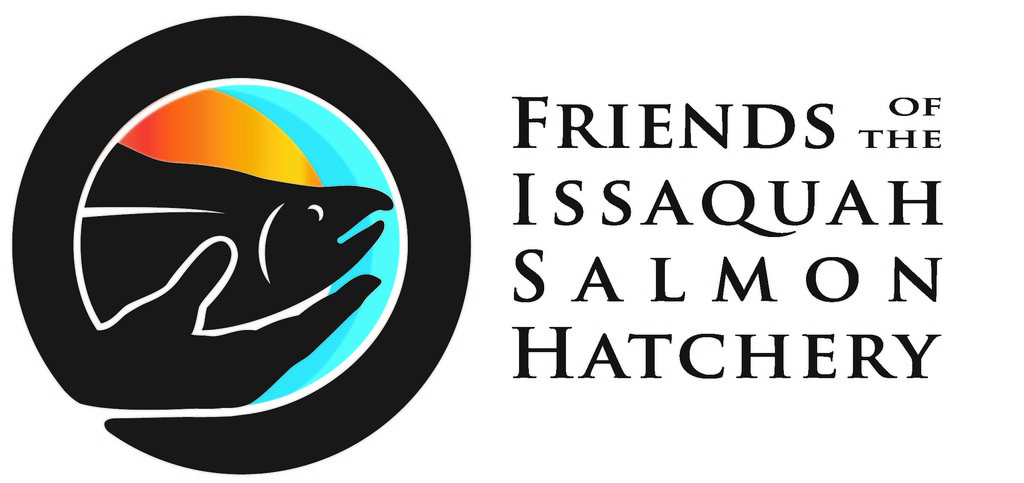More Latest News
Brodie Antipa: Promoting Partnerships
Brodie Antipa: Promoting Partnerships By Grace Reamer As the Friends of the Issaquah Salmon Hatchery celebrates its 30th anniversary, we are taking a look back at the people and the activities that brought about the formation and development of this unique organization and partnership. The Issaquah Salmon Hatchery didn’t have much to recommend itself back […]
“6PPD-quinone update: The most Toxic Chemical ever seen in the Aquatic Environment
6PPD-quinone (6PPD-Q) updateA chemical found in vehicle tires kills coho salmon and other fish has come under intense worldwide investigation ever since reseachers in the Puget Sound isolated the singular compound three years ago. The chemical 6PPD-quinone (6PPD-Q) was virtually unknow until its isolation in 2020 and is now recognized as one of the most […]
Hatchery Tours, STEM fairs & more …
We are delighted to be able to hold Winter/Spring guided tours starting the week of February 2 through May 30 — three whole months of tours! Tours last 45 minutes and feature many of the hatcheries educational spots, are $10 a person as a donation to FISH and should be booked, at least 2 weeks […]
Saving the Hatchery Around the Corner: Debbie Berto
Saving the Hatchery Around the Corner: Debbie Berto By Grace Reamer IHM: Issaquah Press Collection October 14, 1992: Page 2 (stparchive.com) IHM: Issaquah Press Collection September 30, 1992: Page 1 (stparchive.com) IHM: Issaquah Press Collection September 30, 1992: Page 4 (stparchive.com) IHM: Issaquah Press Collection October 28, 1992: Page 3 (stparchive.com) When Debbie Berto learned about the proposed closure […]
Spokesperson for Salmon
By Grace ReamerWhen randy Harrison moved to Issaquah in 1989, it was a small, sleepy town in the hills east of Seattle, with just 6,700 residents. that was a big change for the guy from Orlando, moving all the way across the country with his family. but Issaquah offered something he couldn’t get just anywhere […]
